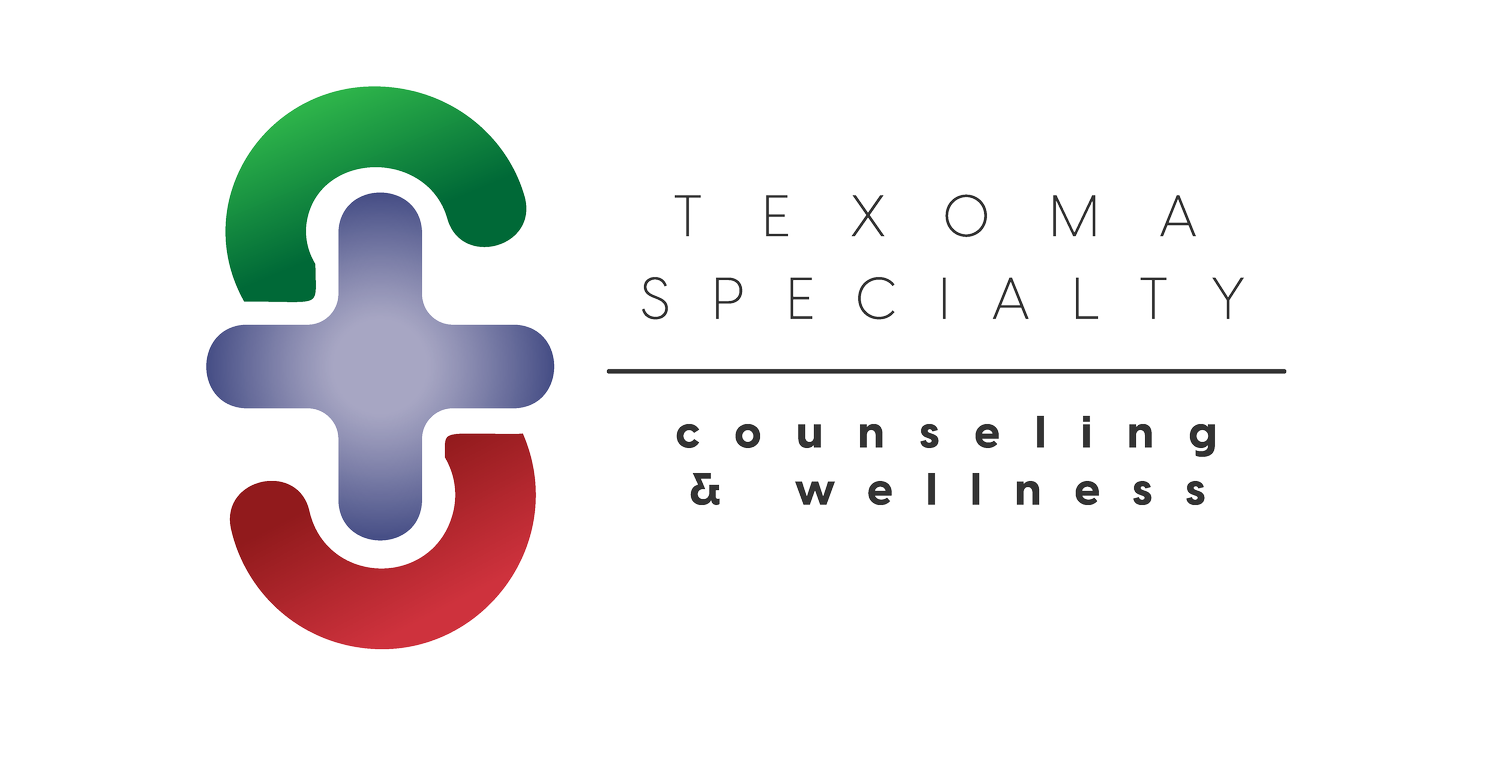5 Disordered Eating Red Flags You Can Assess For In Your Current Practice And 5 Things You Can Do About It.
As we get ready to return to school we want to offer you some tips to help your students fight negative self esteem and harmful body behaviors.
Did you know kids as young as First grade start reporting body image concerns? And that by age 10, 80% of girls had been on a diet? And what makes this alarming is that 35% of dieters develop harmful food and body behaviors that cause significant mental health concerns.
As educators you can help kids address these red flags. Here is what you should be looking for. Keep reading for tips for you to address each red flag!
Here are 5 Mental Health Red Flags To Look For
This Year and 5 Things You Can Do About It
Negative Media Messages: Students are exposed to a variety of negative messages about body image through movies, television, magazines, and social media that can contribute to feelings of inadequacy and low self-esteem. Educators should be conscious of exposing students to positive role models and healthy body messages.
Bullying and teasing: Bullying related to physical appearance and weight can negatively impact young students and put them at risk of developing an eating disorder.
Familial Factors: Family environment can play a role in body image sensitivity and can involve a history of body image distress, early onset of puberty, obesity or underweight issues, eating disorders, or a history of physical or emotional abuse.
Diet Culture: Restricted dietary practices can be seen as an ideal image in some cultures and contribute to the principle of an ideal body image. Educators should avoid placing undue emphasis on weight or size and teach healthy and balanced eating practices. Promote balanced eating habits by focusing on intuitive eating, variety, and moderation instead of restrictive diets or extreme measures.
Issues with Mental Health: Other mental health issues such as anxiety and depression can have a significant impact on body image, wherein young students might internalize negative messages about themselves from peers or personal experiences. Teachers and educators should be highly sensitive to these comments/issues and ensure that students have access to mental health support.
According to a recent study, approximately 30 million people in the United States alone experience an eating disorder at some point in their lives. Among these individuals, recognizing the red flags of disordered eating and taking proactive steps to address them can significantly impact their recovery journey. The first thing you can do is be aware because all are sensitive and impacted, and the second thing you can do is learn more about eating disorders and disordered eating. We want to be trauma informed and with that comes understanding disordered eating and eating disorders because you have the compassion and connection to help people in your practice, and you just need a bit more information and confidence to fully support those in your practice.
I want to teach you everything I know about supporting someone with an eating disorder and ways we can help prevent eating disorders. HERE


